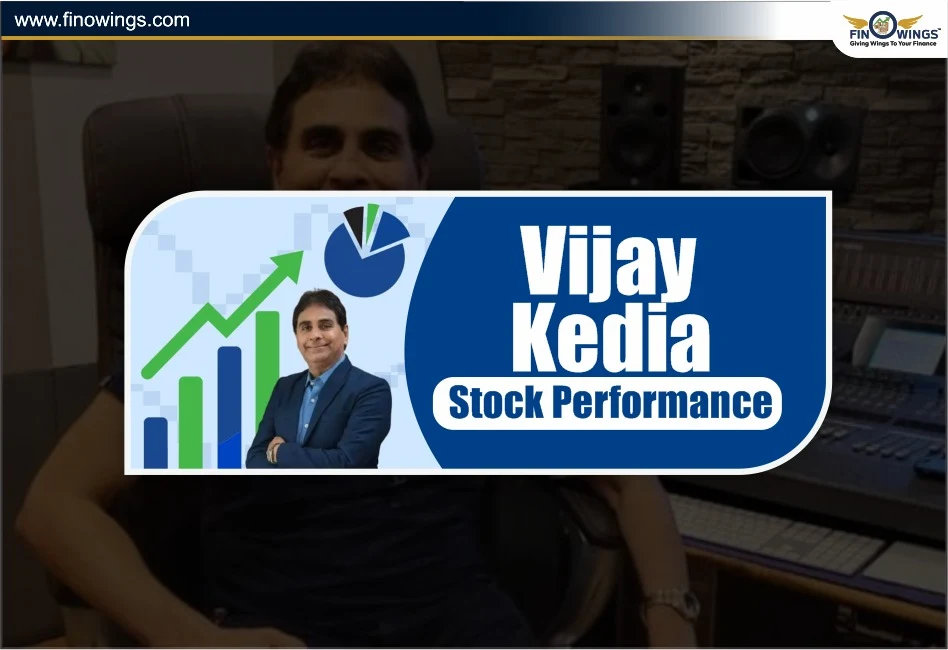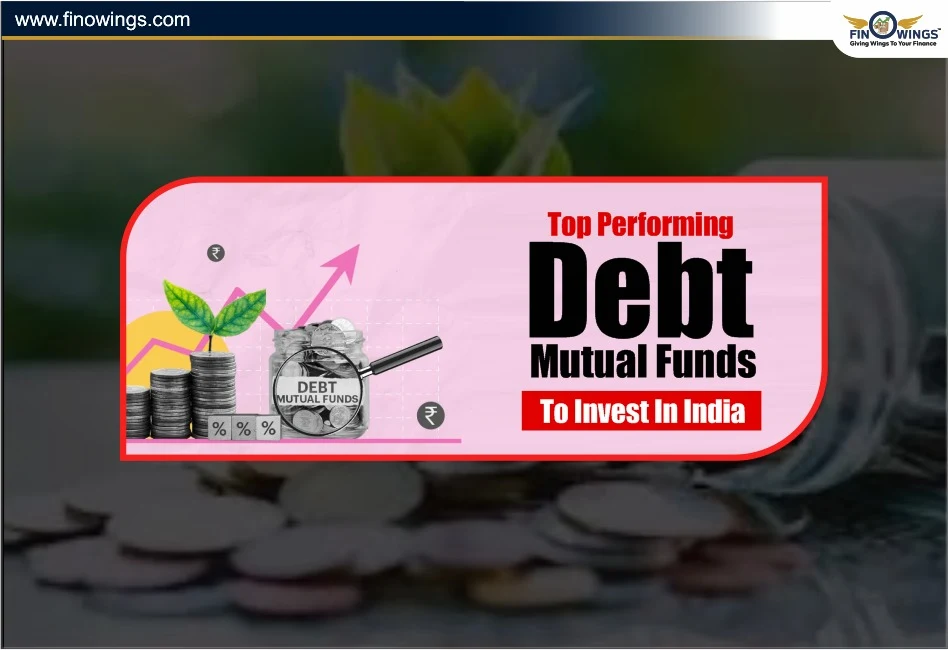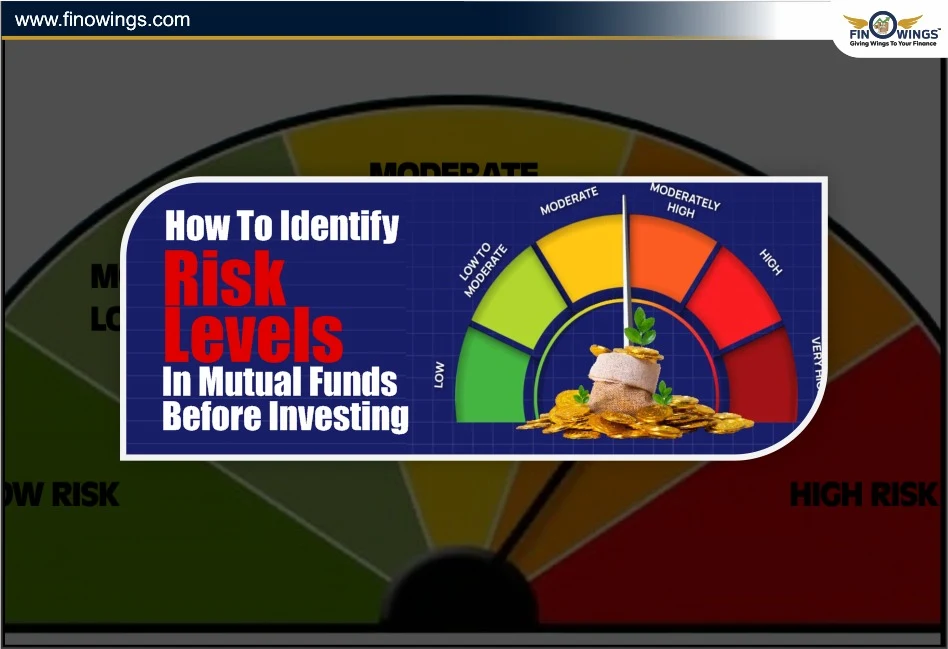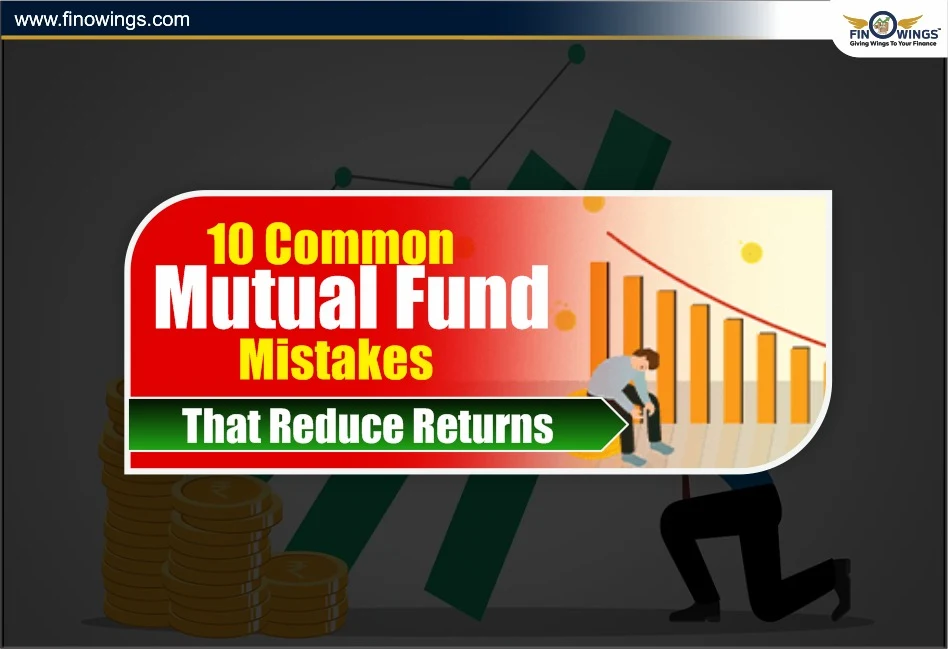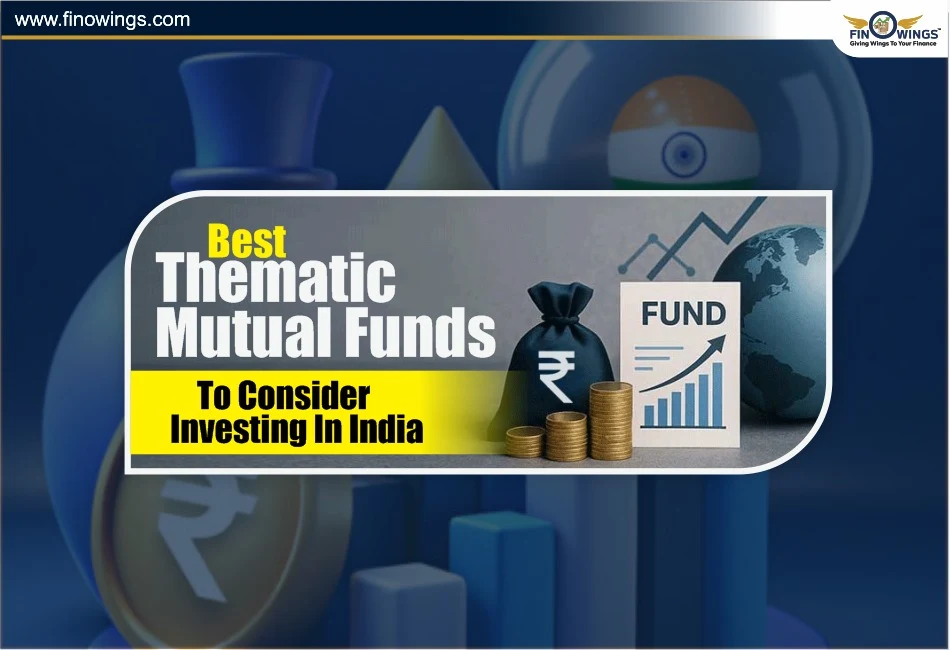Home >> Blog >> List of Top Silver ETFs to Buy in India
List of Top Silver ETFs to Buy in India
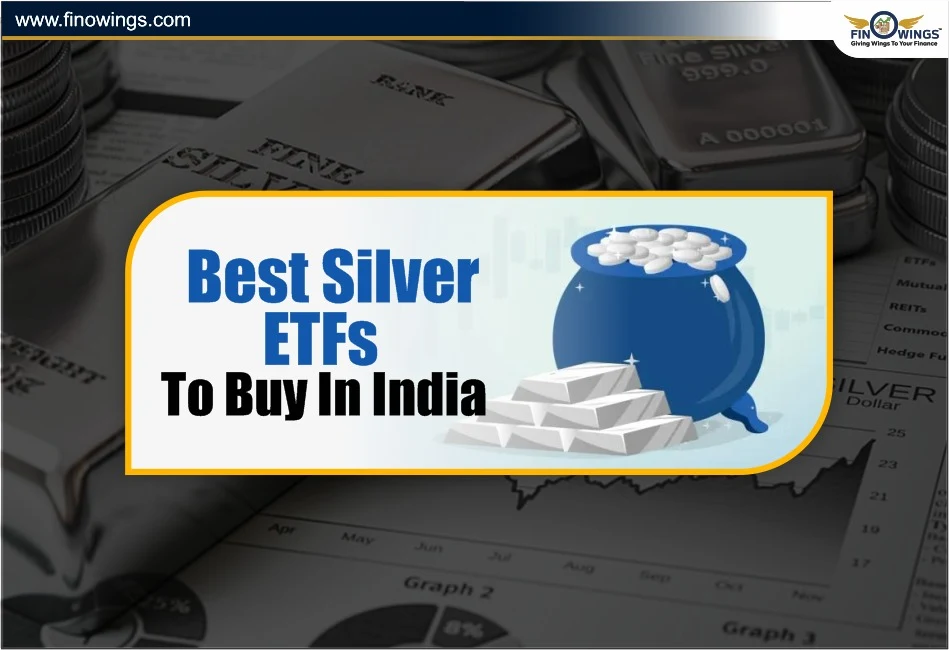
Table of Contents
If you want to add precious metals to your investment portfolio, silver ETFs can be a good choice. In India, you can invest in silver without worrying about storage or purity thanks to silver exchange-traded funds (ETFs). Here is a blog that explains the best silver ETFs, how they are different from silver mutual funds, and considerations to keep in mind while investing in silver ETFs.
Why Silver ETFs?
Apart from being a precious metal with investment value, silver is also used in electronics and renewable energy. Silver ETFs offer:
-
Ability to profit from changes in silver prices without the hassle of purchasing bars, coins or other physical silver.
-
Liquidity due to being traded on stock exchanges.
-
Less hassle due to no need for storage, insurance, and testing.
-
A clear and defined investment purpose as silver or a silver index is tracked.
Recently, some analysts have suggested that Silver ETFs in India have been performing really well.
Best Silver ETFs to Buy in India (2025-26)
These are some of the best silver ETFs in the Indian market:-
|
ETF Name |
Expense Ratio* |
Year-to-Date / 1-Year Performance |
Key Notes |
|
Nippon India Silver ETF |
~0.35-0.56% |
~60–70%+ 1-yr returns |
Large AUM, good liquidity. |
|
ICICI Prudential Silver ETF |
~0.40% |
~20–30% 1-yr returns |
Strong fund house, broad investor interest. |
|
Aditya Birla Sun Life Silver ETF |
~0.35% |
~28%+ returns |
Competitive cost, respectable performance. |
|
Axis Silver ETF |
~0.37% |
~28%+ 1-yr returns |
Another viable alternative. |
|
Tata Silver Exchange Traded Fund |
~0.44% |
~28%+ 1-yr returns (Angel One) |
Good for smaller investment amounts too. |
Expense ratios are as of recent, average; Returns of the previous 1 year are not indicative of the returns for the following year. Here are silver funds ETF options that many investors are choosing in India to get access to silver.
How to Pick a Silver ETF - Key Parameters
When choosing silver ETFs, the following are crucial factors to consider:
1. Look for the lowest ratio to maximise your returns.
2. Bigger funds usually offer better liquidity with narrower spreads.
3. The more closely an ETF tracks the price of silver/benchmark, the better it is.
4. If the ETF holds physical silver, it is more trustworthy than one that holds derivatives, adding transparency.
5. Silver ETF funds in India are taxed the same way as debt funds, which typically involves short/long-term capital gains (check the latest rules before investing).
6. Determine whether you are speculating on silver’s price or using it to hedge against inflation.
Silver ETFs vs Silver Mutual Funds
Silver ETFs: Real-time pricing, trading like a stock, and typically lower fees. Requires a demat account and a broker.
Silver mutual funds (or FoFs): Accessible through any regular mutual fund house, no need for a trading account, and funds probably invest in silver, or silver ETFs, indirectly.
For direct exposure and simplified, flexible in-and-out transaction options via stock exchanges, silver ETFs tailoring your investment strategy is highly recommended. Silver mutual funds are also recommended for slower, systematic savings.
|
Feature |
Silver ETF |
Silver Mutual Fund (FoF) |
|
Mode of Investment |
Traded on NSE/BSE |
Through mutual fund platforms |
|
Demat Requirement |
Yes |
No |
|
Liquidity |
High (real-time trading) |
Moderate |
|
Expense Ratio |
Lower |
Slightly higher |
|
Tracking Accuracy |
Directly tracks silver |
Indirect (via ETFs) |
Why Invest in Silver ETFs Now?
-
Secular signs are improved because there are advances in industrial silver demand (electronics, photovoltaics).
-
Silver can during a certain period rise more aggressively than gold, during an economic recovery, which is a positive.
-
Silver is a metal usually seen as a safe haven, but also industrial, therefore a good diversification option.
-
A considerable number of silver ETFs in India have recently produced high, double-digit returns.
Risks
Volatility - Silver prices can change drastically and silver ETFs in general are much riskier than gold ETFs.
Supply bottlenecks - Factors such as domestic silver supply or premium over the global silver price can influence ETF valuations.
Tracking error and performance drag - Performance may deviate from the price of the metal if the fund is expensive, holds derivatives, or has other highly-priced funds.
Liquidity and tax consequences – These factors can impact your net returns.
Factors to Consider Before Investing
-
For greater returns, a lower expense ratio is preferable.
-
Tracking Error: Select exchange-traded funds (ETFs) that closely follow silver spot prices.
-
Liquidity is ensured by a higher AUM (Asset Under Management).
-
Volatility: Only 5–10% of your portfolio should be allocated to silver because it is more volatile than gold.
-
Investment Objective: Perfect for inflation hedging and diversification.
India's Silver ETF Future Outlook
Demand is anticipated to remain strong due to the world's transition to renewable energy sources and the growing usage of industrial silver. In the upcoming years, analysts predict a possible shortage that would encourage long-term price growth.
Silver ETF investments are especially appealing in 2026 as demand for non-yielding assets like silver increases due to changes in central banks' interest rate policies.
Conclusion
Silver ETFs (exchange-traded funds) are an excellent choice if you want to be exposed to silver in India through regulated instruments. Choose the best silver ETFs to purchase in India based on your investment theory, expenses, and liquidity.
Conduct thorough research to understand silver investment and watch for changes in global supply and industrial demand. Smart investors analysed the silver ETFs to ascertain the unrestricted potential for diversification and growth they offer and to determine if they meet their needs.
DISCLAIMER: This blog is NOT any buy or sell recommendation. No investment or trading advice is given. The content is purely for educational and information purposes only. Always consult your eligible financial advisor for investment-related decisions.
Author
Frequently Asked Questions
A Silver ETF (Exchange Traded Fund) is a market-traded fund that tracks the price of silver. Each unit represents physical silver (or exposure to silver prices). You buy/sell units on the stock exchange through your demat account, gaining price exposure without handling or storing physical metal.
Silver ETFs remove storage, purity checks, making charges and insurance hassles. They trade in real time on exchanges and usually have lower transaction costs. Physical silver gives tangible ownership and cultural value (coins/jewellery) but comes with making charges, GST, storage and liquidity constraints.
Focus on: (1) Low expense ratio, (2) High AUM and liquidity (narrow bid-ask spread), (3) Tight tracking error to silver spot prices, and (4) Whether the fund holds physical silver vs derivatives. These factors affect returns and ease of trading.
Silver ETFs are taxed similarly to other commodity/debt-like ETFs: short-term or long-term capital gains depend on holding period (check current tax law). Historically, gains on commodity ETFs are taxed as per income tax provisions—confirm the latest tax rules or consult a tax advisor before investing.
Silver ETFs can be attractive for diversification and industrial-demand exposure (electronics, solar). However, silver is volatile—prices can swing widely. Risks include price volatility, tracking error, liquidity issues, and supply/premium effects. Limit allocation (commonly 5–10% of portfolio) and match investment horizon and risk tolerance before investing.







